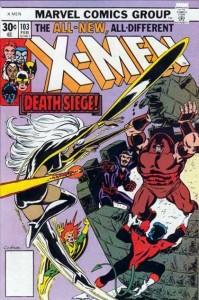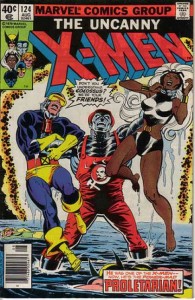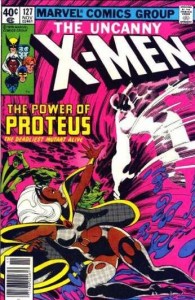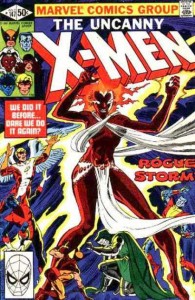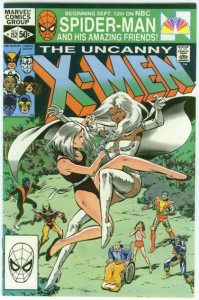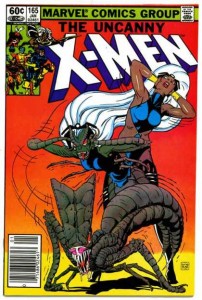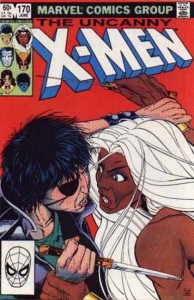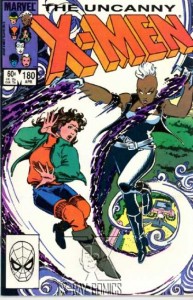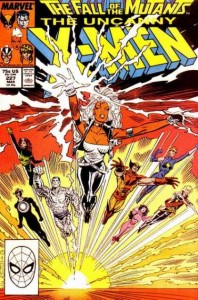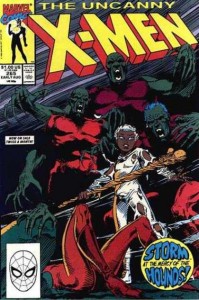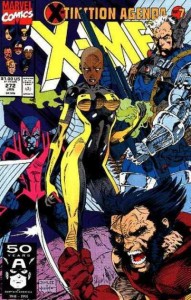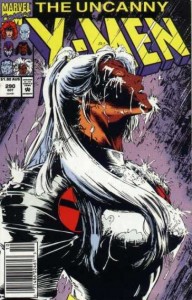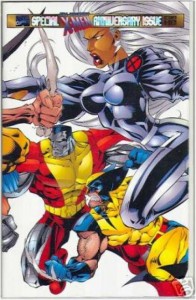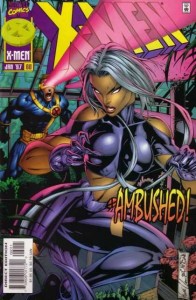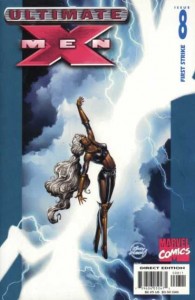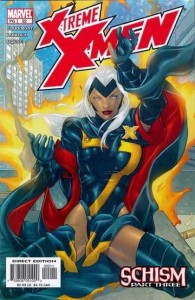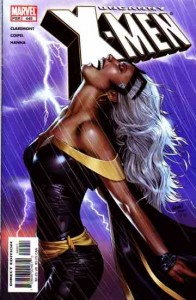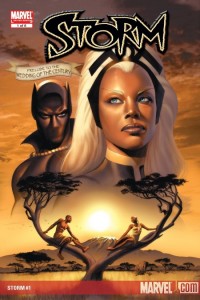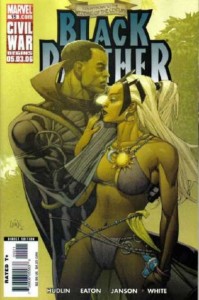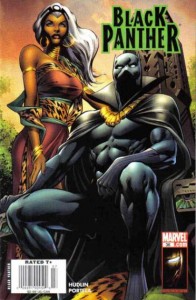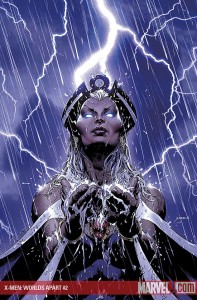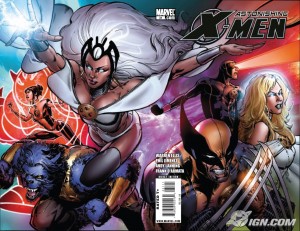
For the past few weeks I’ve been playing Dragon Age 2, a “sword n’ sorcery” role-playing game (RPG) produced by Bioware. The game has earned mixed reviews: many critics raved about the decade-spanning story or the improvements made to the combat mechanics of its predecessor. Others complained about the repetitive nature of the quests, the many glitches, and the painful lack of variety in environments. Speaking of which, I must have visited the exact same cavern about 30 times. And I visited the exact same sewer passage about 40 times. And half the game is spent wandering around just one city (it got really fucking tedious is what I’m saying). But for more than a few people, the biggest flaw in Dragon Age 2 isn’t the repetitiveness or the bugs. It’s that the game is kinda gay.
I’ll provide some background: Bioware RPGs almost always include a romantic sub-plot, where the player’s avatar (referred to as the Player Character, or PC) has the option to romance one of his/her traveling companions. In most RPGs, the romantic options are exclusively straight. If the PC is male, he can only romance female companions. If the PC is female … you get the idea. But Bioware has the habit of including at least one gay romantic option, and Dragon Age: Origins included gay options for both men and women. Though it’s important to note that there were also exclusively straight companions who could be wooed only by PC’s of the opposite gender. So there was a little something for everyone (well, not exactly everyone, but certainly a larger demographic than just straight men).
Dragon Age 2 upped the ante by doubling the number of same-sex romantic possibilities, and in the process eliminated the exclusively straight romantic option. There are four companions, two male and two female, that a PC of either gender can woo (as a side note, your PC always has the last name of Hawke). So is this a universe filled with bisexuals? Possibly, but only one of the companions (the pirate wench, Isabela) makes comments that clearly establish her bisexuality. The other characters do not discuss their sexuality without reference to Hawke, which means that the player effectively determines their sexual orientation when he/she selects a gender for their PC. As an example, the male companion named Anders only expresses homoerotic desire if Hawke is male, but he shows no interest in men if Hawke is female.
A few fans have referred to this feature as “subjective sexuality,” meaning the sexual orientation of supporting characters is not fixed, but dependent on the player’s choices. This goes beyond the simple empowerment fantasy of most adventure games, and actually brings gaming closer to fan fiction (or slash-fic, in this case). Like a fan-fic author, the player is crafting the story and the romance to their liking, but unlike fan-fic, the in-game romances are actually “canon.” As an approaching to virtual romance, subjective sexuality is quite inclusive.
Perhaps a little too inclusive for some people’s tastes. But I’ll let Captain Cornhole at the Bioware Social Network speak for himself in a thread titled “Straight romances got screwed, no pun intended.”
“No seriously for those of us who like straight romaces [sic] we all got screwed over big time. Before I go any further let me clarify this is not a condemnation of homosexuality or bisexuality by any means.
Now sure your Hawke is female you can romance Anders or what have you, but it isn’t a truely straight romance. Every romance option is bi, and it’s just not the same knowing Anders or Fenris will flirt with male Hawke just as much.
Bottomline it is disgusting and I’m a tad upset there is not a single straight person in the game, and frankly there isn’t anyone that I want to romance because of it. It’s a shame really.”
Even more outraged was the commenter named Bastal, who posted a Unibomber-quality manifesto in the thread titled “Bioware Neglected Their Main Demographic: The Straight Male Gamer.” You can probably guess the gist of his complaint. These comments were not isolated incidents, and they attracted the attention of the gaming press, and eventually elicited several responses from Bioware staff.
David Gaider, one of the Lead Writers of the Dragon Age franchise, responded to the Cornhole’s comment (with far more politeness than was deserved):
“… [I]f the concern is you might accidentally be exposed to an unwelcome sexual advance– oh well. One would hope you’d deal with it in the same mature manner you’d do so in real life …
Fenris and Merrill [two other potential love interests] don’t initiate a romance with any gender, and really their sexuality is the most subjective since they don’t discuss it. Regardless, why someone would be concerned about what other people might do in their playthroughs is difficult to say. If the idea that a character might be having hypothetical sex with someone of the same gender in an alternate dimension bothers you, then by all means don’t continue with their romance. That’s why they’re optional.”
It’s tempting to just dismiss this fanboy whining as homophobia and be done with it. But there’s another facet to these types of complaints besides the usual “gays are icky,” and Gaider’s response doesn’t quite address it. This facet is not about a fear of queerness in itself, but a fear that there is nothing else. It’s a discomfort that was inadvertently expressed by one of my friends (they shall remain nameless) who also played Dragon Age 2. Like the commenters at the Bioware Network, he was unhappy that the male traveling companions (and several other male supporting characters) flirted with him. I responded by noting that he didn’t have to flirt back, but it wasn’t so much the flirting that bothered him but the absence of relationships with men where flirting didn’t occur. He wanted un-erotic relationships with other men, in other words, straight male friendships. At that moment, part of me agreed with him. While I don’t presume to speak for all straight men, there’s something comfortable about my friendships with other straight men, when sex (at least on a conscious level) is out of the question. What my friend wanted, and what I suspect many other straight male gamers also want, is the virtual version of these “safe” friendships.
But this safety relies upon the rejection of a romantic possibility. There are endless opportunities for romance or non-romance in the real world, and my decisions have no effect on the options of the vast majority of humankind. But the virtual world of Dragon Age is finite. There are only so many characters and only so many romantic possibilities. When I start insisting that certain sexual identities become fixed so that those friendships feel safer for me, what I’m also saying is that a romantic option for a gay man (or for a woman who enjoys the fantasy of being a gay man) cannot exist. And in the balance of who’s gaining or losing, I’d say that losing the easygoing quality to a friendship with a nonexistent person is a very, very small price to pay so that someone else can have the same freedom that I possess when creating their ideal fantasy.
Or it might be possible, in theory, to create their ideal fantasy if less of the game took place in that one goddamn cavern … I’ll stop harping on that now.

